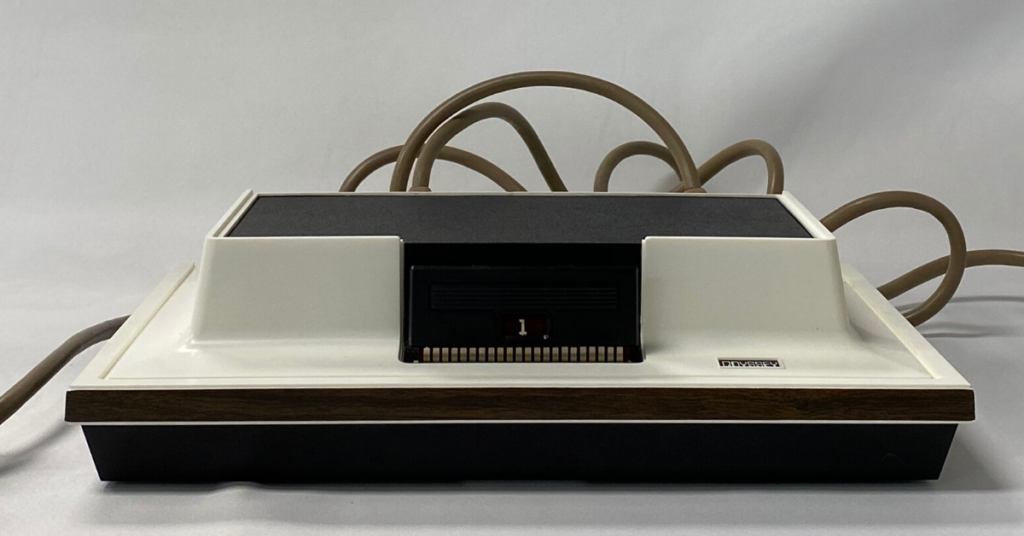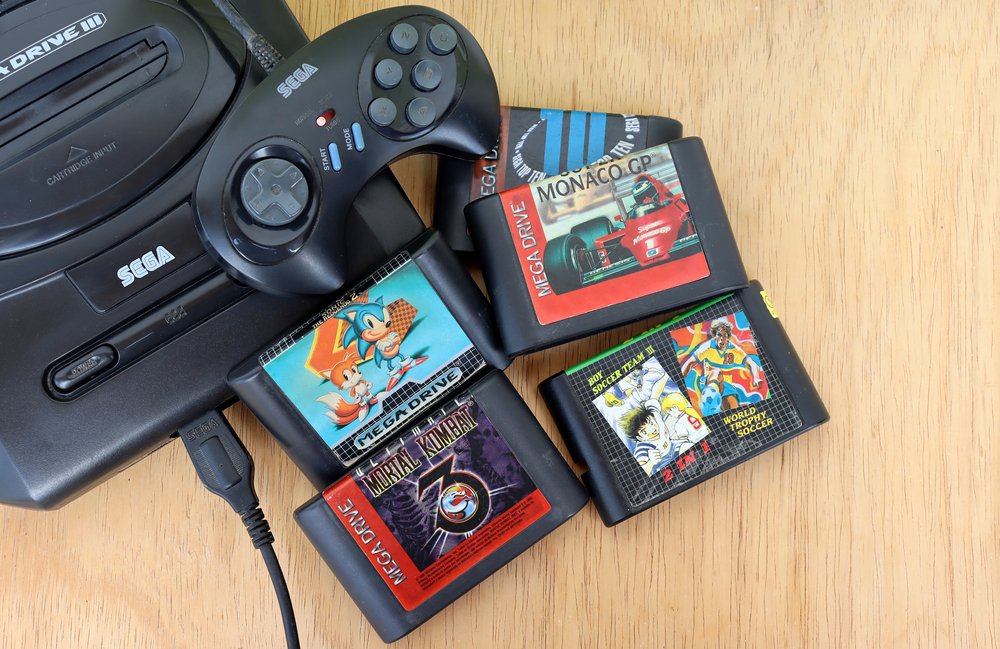Gaming is an ever-evolving industry, constantly pushing the boundaries of what is possible with each new console and software release. One of the most noticeable advancements over the years has been the evolution of gaming graphics. From the pixelated 8-bit worlds of the early consoles to the high-definition of today’s games, the graphical quality of games has come a long way. This article will explore the origins of gaming graphics and where the industry is heading in terms of graphical performance. It will look at the technical advancements that have made this possible and what gamers can expect from the future of gaming graphics. It will also examine how the evolution of gaming graphics has impacted the gaming industry as a whole.
Origins of Gaming Graphics
From the golden age of arcades to the introduction of the Nintendo Entertainment System, gaming graphics have come a long way. This section will explore how graphics have evolved throughout the years, starting with the earliest forms of gaming. The golden age of arcades began in the late 1950s, when the first coin-operated video games were released. These early games were devoid of color and featured static images that were usually black and white. Each arcade game was built around a specific theme, such as shooting games, sports games, or car games. As the popularity of arcades began to wane in the mid-1970s, manufacturers began to focus on home console gaming, which could display color graphics and audio. The first home console, the Magnavox Odyssey, was released in 1972, and by the early 1980s, home consoles were immensely popular.

8-bit Console Graphics
The next big leap in graphical capabilities came when 8-bit consoles began to be released in the late 1970s. Early 8-bit consoles were limited to 256 colors and a resolution of around 320×200 pixels. This meant that games had a simplistic appearance that was very different from modern games, with pixelated graphics, low-polygonal models, and a low frame rate. Game developers tried to make up for the limited graphical capabilities of 8-bit consoles by designing unique games with unique styles. This led to the emergence of many classic video games, such as the Legend of Zelda, the Starfox series, and the Mortal Kombat series. Many classic video games released in the early and mid-1980s were designed to capitalize on the popularity of 16-bit consoles, which were just being released. Games designed for 8-bit consoles were often released for these older systems as well, creating a demand for both 8-bit and 16-bit games.

16-bit Console Graphics
The 16-bit era saw the release of a number of popular home consoles, such as the Sega Megadrive, the Super NES, and the Nintendo 64. However, graphics capabilities for these systems were significantly better than what had come before. While 8-bit consoles could render 32 colors, 16-bit systems could render millions of colors and were able to produce smoother graphics with higher polygon counts. The Nintendo 64 is often cited as one of the most powerful consoles of its time. It featured six 64-bit processing units that were able to render almost anything that could be done on a PC with hundreds of times more graphical horsepower. This opened up the possibility of things like detailed in-game cutscenes and advanced physics, which were not possible before.

Current Console Graphics
When the original Xbox 360 was released in 2005, it was the first modern console to offer next-gen graphics. It was able to render games at HD resolutions with complex graphics, such as real-time lighting and advanced physics. The Xbox 360 was also one of the first consoles to launch with an always-on internet connection, which opened up a new avenue for developers to create games. However, the Xbox 360 was not powerful enough to run games designed for the newest game consoles, such as the PS5, PS4, Switch and Xbox Series X.
Future of Gaming Graphics
The future of game visuals is likely to be more realistic and immersive, as technology continues to advance and become more accessible. This can include things like improved graphics and lighting, more detailed character models and environments, and the integration of new technologies such as virtual and augmented reality. Additionally, as more powerful hardware becomes available, games will likely become larger and more complex, allowing for even greater levels of detail and interactivity. However, the exact direction that game visuals will take will depend on many factors, including the preferences of players and the development choices of game studios. For example, games that use advanced physics, such as the Forza series, could become more realistic as developers are able to make use of the graphical capabilities of the latest consoles.
As we think to the future, next-gen will see realism in visuals get even closer than seen before. With GTA6 supposedly hitting future next-gen consoles, such as PS6 and next-gen Xbox / Nintendo consoles
Artificial Intelligence
Artificial Intelligence (AI) is likely to play an increasingly important role in the future of gaming. AI can be used in a variety of ways, such as improving game AI characters and their behavior, to make them more lifelike and unpredictable, or to create adaptive and personalized experiences for players. Additionally, AI can be used to optimize game performance, enhance the overall gaming experience and allow for new forms of player interaction.
Some other potential applications of AI in gaming include:
Game analysis and improvement: AI can be used to analyze player behavior and provide feedback to game designers to make improvements to the game.
Personalized recommendations: AI can be used to recommend games and in-game content to players based on their playstyle and preferences.
Dynamic and adaptive game design: AI can be used to create dynamic and adaptive game design, allowing for game environments and challenges to change in real-time based on player actions and decisions.
Overall, AI has the potential to bring about major advancements in the gaming industry and revolutionize the way we play and interact with games.
How the Evolution of Gaming Graphics Has Impacted the Gaming Industry
The graphical advancements of gaming have led to an explosion in the gaming industry, as millions of people around the world now play games for fun. The growth of the gaming industry has been closely tied to the advancement of graphical capabilities, as these have allowed for new game genres, more immersive game worlds, and increased playability. The graphical advancements of gaming have also allowed game developers to explore new genres and gameplay styles that were previously not possible. As the graphical capabilities of consoles have increased over time, so too has the graphical capability of games. It is possible that developers will continue to push the boundaries of what is possible with graphical performance by trying new things with real-time lighting, advanced physics, and other advanced graphical techniques.
Conclusion
As the graphical capabilities of consoles have increased, so too has the graphical capability of games. The future of graphical performance is likely to be even better than what we see today, as new techniques, such as real-time lighting, are being developed. It is possible that developers will continue to push the boundaries of what is possible with graphical performance by trying new things with real-time lighting, advanced physics, and other advanced graphical techniques.

